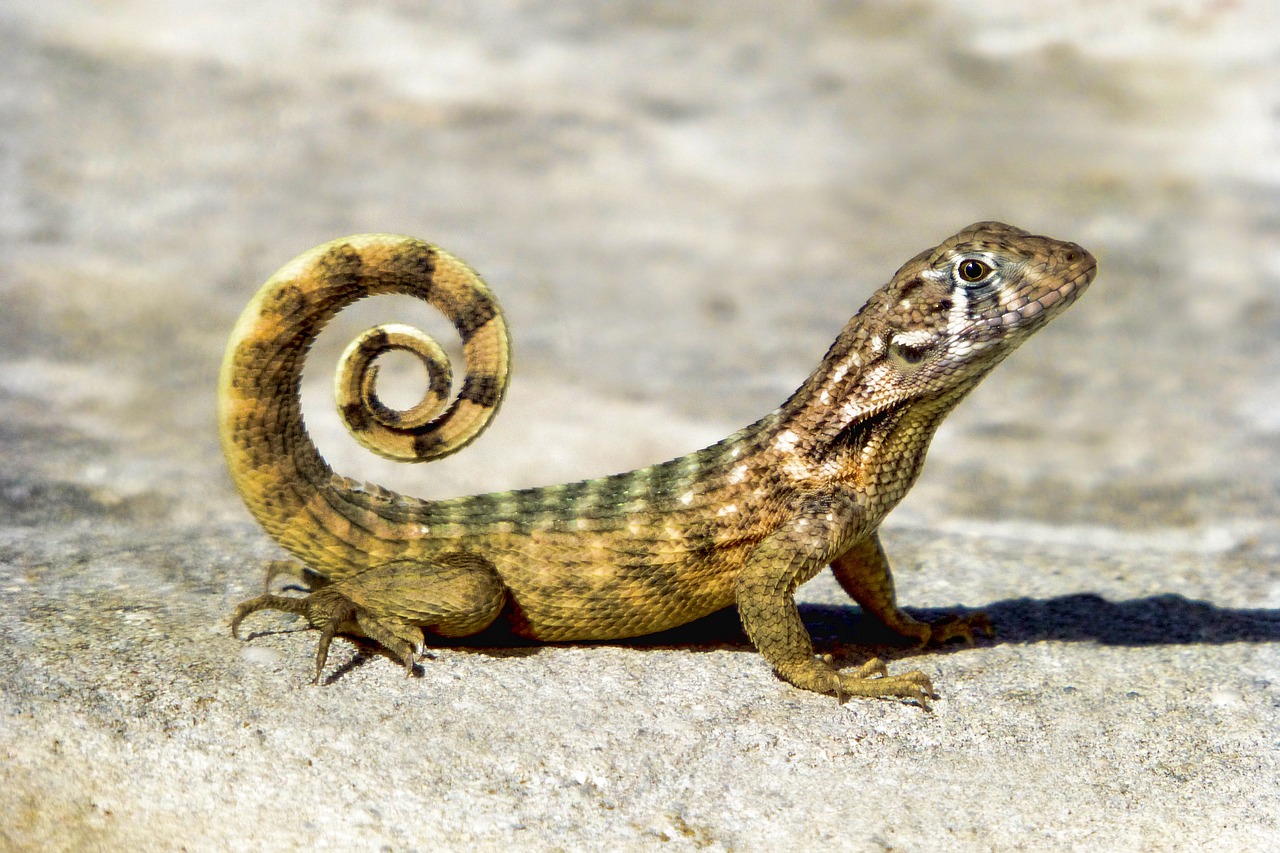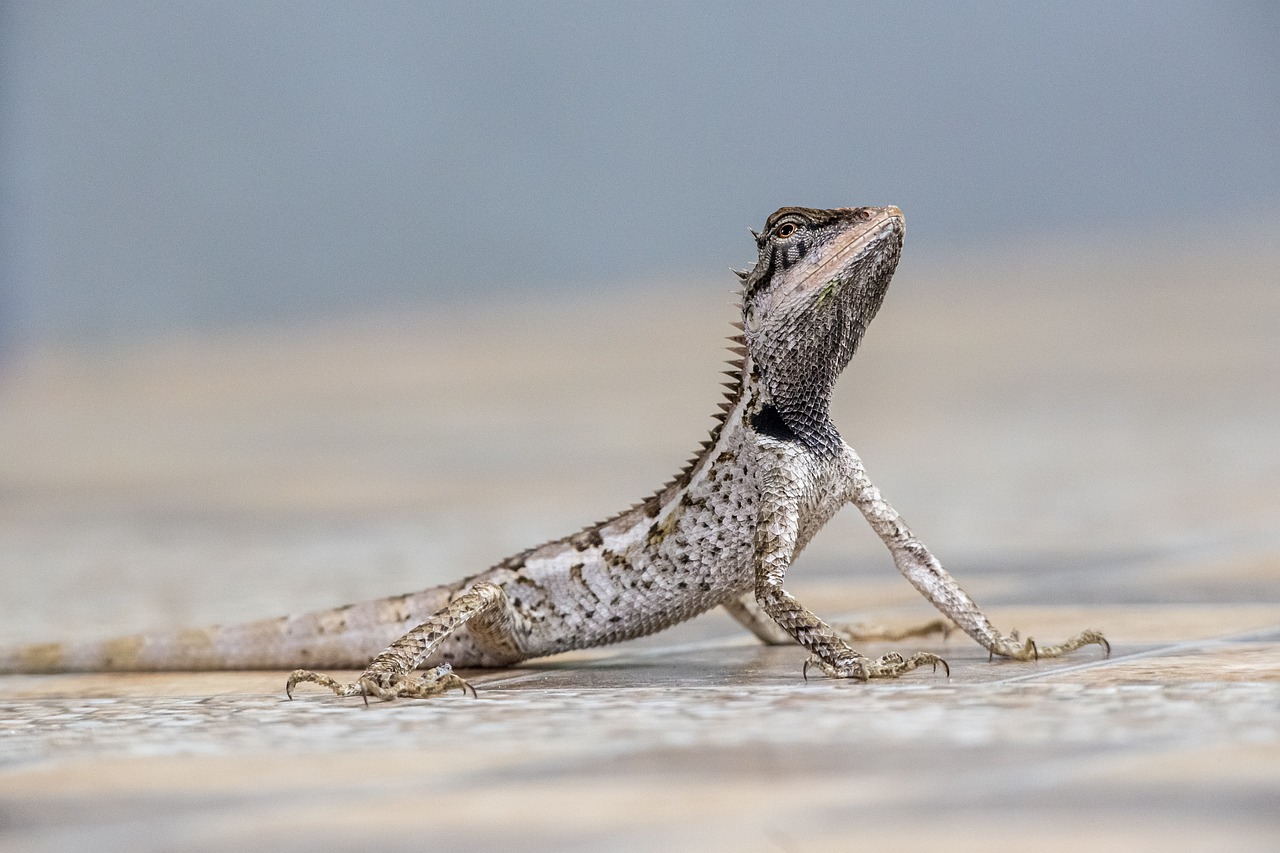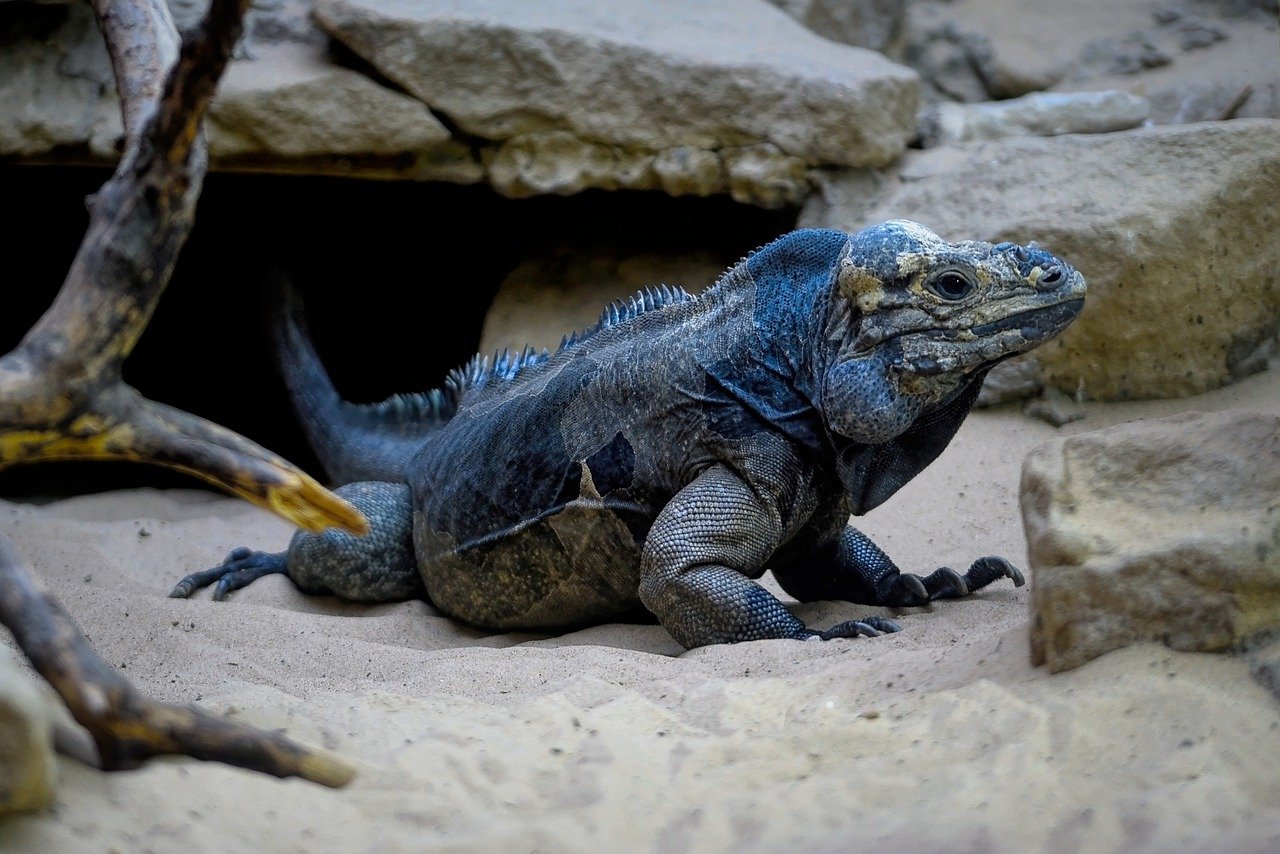Lizard
All Lizard
Class : Reptilia (Reptiles)
Scientific Name : Lacertilia
FAMILY : 16
SPECIES : More than 4,675
GENERA : More than 380
ORDER : Squamata
About
What is a lizard?
Lizards are part of a group of animals known as reptiles. They are most closely related to snakes. In fact, some lizards, called sheltopusiks, look like snakes because they have no legs! Many lizards today resemble the ancient reptiles of the dinosaur era. Their ancestors appeared on Earth over 200 million years ago
In general, lizards have a small head, short neck, and long body and tail. Unlike snakes, most lizards have moveable eyelids. There are currently over 4,675 lizard species, including iguanas, chameleons, geckos, Gila monsters, monitors, and skinks.
Threats
Around the world, many lizard species are threatened by invasive species, habitat loss, and poaching for the international exotic pet trade.
Conservation Action
At Al Ain Zoo’s state-of-the-art Kenneth C. and Anne D. Griffin Reptile Conservation Center, we have succeeded in breeding the most critically endangered iguanas in the world, the Caribbean rock iguanas. We have been involved with Caribbean iguana conservation and recovery programs for almost two decades, establishing breeding facilities for five of the most endangered species on their respective home islands. To date, more than 700 Caribbean iguanas have been raised in these facilities and reintroduced.
Al Ain Zoo has been working to conserve Fijian iguanas since 1965, when Prince Tupouto’ a-Tungi of Tonga presented six banded iguanas to the Zoo. We have learned much about Fijian iguanas and have been successful in breeding an assurance population in managed care—the most successful breeding colony outside Fiji—with more than 125 hatchlings born here since 1981. We are helping with efforts in Fiji to maintain a healthy assurance population, raising hatchlings until they are large enough to avoid predators (a process known as “headstarting”), and then releasing the juvenile iguanas into their island habitats.
Young
Reproduction : Most lizards lay eggs, but in some species the eggs develop inside the mother
Age of maturity : 18 months to 7 years, depending on species
Size
Length : Largest - Komodo dragon Varanus komodoensis, up to 10 feet (3 meters); smallest - dwarf gecko Sphaerodactylus ariasae and S. parthenopion, .6 inches (1.6 centimeters)
Weight : Heaviest - Komodo dragon, up to 176 pounds (80 kilograms); lightest - dwarf gecko, .004 ounce (120 milligrams)
Fun Facts
Some lizards can store up to 60 percent of their body fat in their tail.
Unlike other lizards, alligator lizards shed their skin in one piece, as snakes do.
The secret of the gecko's sticky toes is inspiring new kinds of adhesives, including a biodegradable one for surgical use.
To protect its feet from the hot sand, the sand lizard “dances” by lifting its legs up quickly, one at a time, or by resting its belly on the sand and lifting up all four legs at once.
Some lizards can detach their tails to escape predators, and remarkably, the tail continues to wiggle as a distraction.
GALLERY




